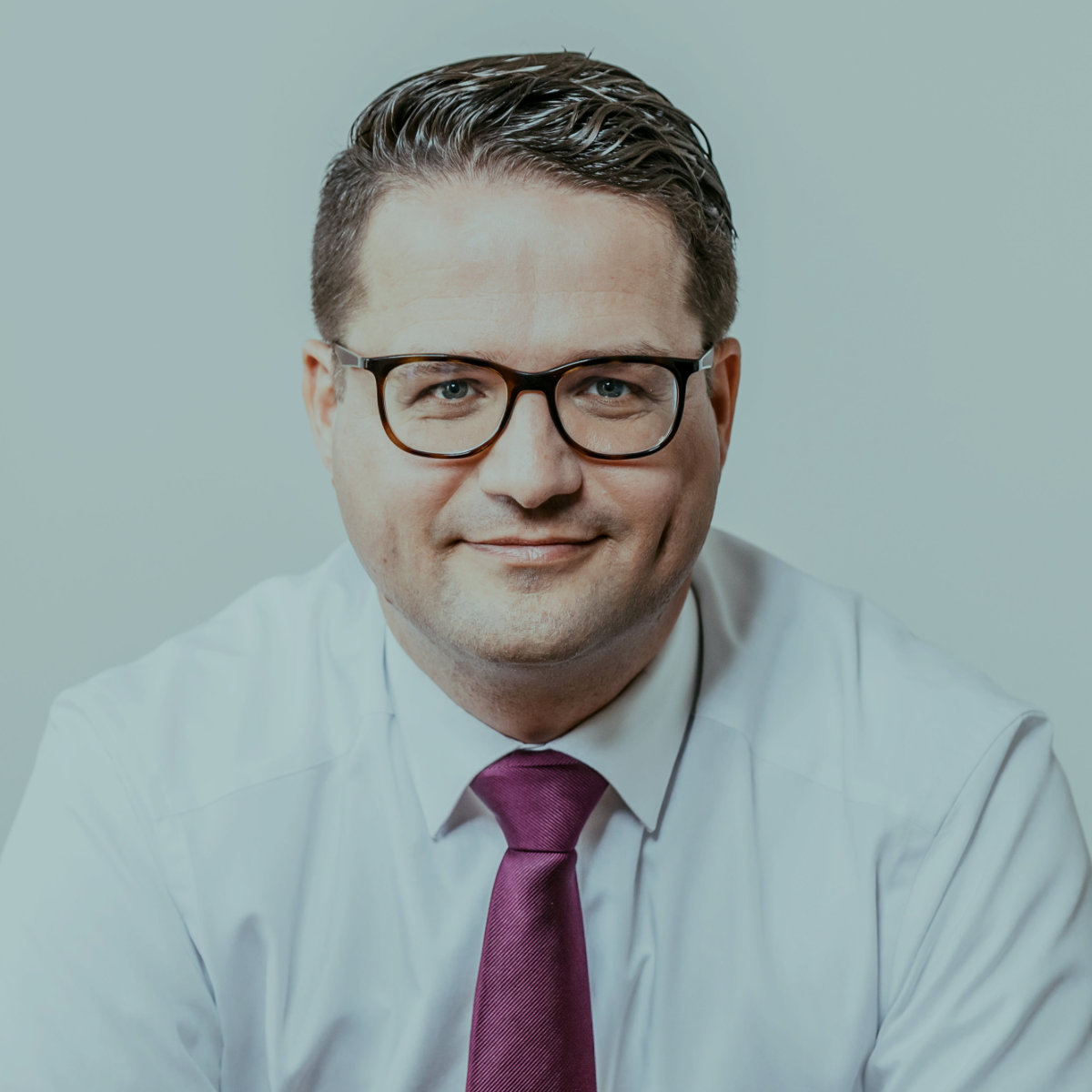Many companies in the US are doing business in Germany and other member states of the European Union. Therefore, it is important that their trademarks are protected in Germany and the EU as well. Lack or improper trademark protection can cause many problems and can be very expensive. In comparison, the costs for a German or EU trademark application are low. In the following, we briefly highlight the key differences between US trademark law on one side and German and EU trademark law on the other side.
1. Obtaining trademark rights
In the US, mere use in trade is sufficient to obtain a trademark right. EU and German trademark law follows a different concept. In general, a trademark must be registered. A trademark right obtained by use is rather a rare exception. Trademark protection through use requires that the mark has become established in the trade, which is the case if there is knowledge of the mark by a significant proportion of the relevant public. The required minimum threshold is determined on a case-by-case basis. According to German case law a degree of recognition from between 20% and 25% of the relevant consumers in Germany is necessary if the sign is distinctive.
2. Prerequisite for a trademark application
Contrary to the US, a filed German or EU trademark application must not already be in use and the applicant must not have good faith intention to use the mark. No declaration of use or any other declaration is necessary. This offers much more flexibility at the date of filing. Since no good faith intention to use is necessary, the applicant can also list goods for which only a vague possibility of use might exist (e.g. if the applicant considers an expansion of the product portfolio in a couple of years). An applicant does not need to indicate or to know exactly how he will use the trademark at the time of his application or its examination. He has a period of five years in which he must start using the trademark in a right preserving way.
3. Language for list of goods and services
US trademark practice requires a very detailed and specific language for the list of goods and services, whereas for a German or EU trademark application in most cases a much broader description is permissible. In general, class headings are sufficient. The EUIPO and the German PTO also accept a specification of a class heading by using the term “especially”. This is understood as a non-comprehensive list covered by the broader class heading. In general, there is no need to limit a class heading or a broad term by using the term “namely” as it is often required by the US PTO.
Again, this offers flexibility for the applicant. By using class headings or other general terms, it is possible to cover a broader range of products and to cover future expansions of a product portfolio already at the date of filing. Using a broad language might make refiling of trademarks in the future superfluous, if the product portfolio is extended by the applicant.
Considering the different practices regarding permissible language of the list of goods and services it could make sense to file a separate national German or EU trademark application even if an US application already exists. Of course, the existing US trademark application could be used as basis for an International Registration designating Germany or the EU, however, this International Registration could only make use of the (narrow) US description of goods and services. By filing a separate national German or EU trademark application the applicant can acquire broader scope of protection. This approach does not lead to a loss of the priority right. Provided that the broader national German or EU trademark application is filed within the six-month priority period, the priority of the US trademark application can be claimed. The US priority then only refers to the overlapping part, while a new priority date is etablsihed for the part going beyond the scope of the US trademark application.
4. Examination procedure
The examination procedure differs also to some extent. The EUIPO and the German PTO only examine absolute grounds for refusal and do not look at prior third-party-rights. As a consequence, it might be possible that EUIPO or the German PTO register a trademark although there is an identical prior registration. Considering this it becomes evident, that conducting a trademark availability search prior to the application is of increased importance.
5. Genuine Use
EU trademarks and German trademarks have to be used. If a trademark is not put to actual use within a period of five years from the date of registration in the register, it may be cancelled. However, unlike in the US, EUIPO and the German PTO do not examine automatically whether there is genuine use after the end of the grace period of use. There is no need to file declarations of use or to provide samples of use. This becomes only necessary if a third party requests revocation due to lack of use or if within an opposition proceeding the owner of the conflicting trademark raises the allegation of non-use.
If evidence of use can only established for a some of the covered goods and services, the registration will be cancelled only with respect to the unused goods and services. The failure to delete the unused goods and services will not affect the registration as a whole if it was used at least for one good or service covered by the registration.
As a consequence of this practice, it is possible that a trademark owner maintains a registration for a very broad range of goods and services, although there has been no use for a very long time. In general, the lack of use can be cured and the risk of cancellation can be avoided if the trademark owner commences use prior to a request for revocation. This is another aspect why it could be recommendable for an US applicant to use a broader and more general language for the list of goods and services as chosen for its US trademark application.
Please contact us if you want to know more about trademarks in Germany and the EU.


